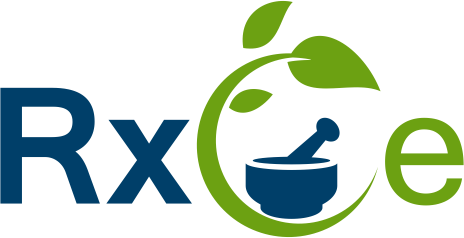Pharmacists today are not just the custodians of medicines but are integral healthcare professionals who play a pivotal role in patient care. An emerging area where pharmacists are demonstrating immense value is in pharmacoeconomics. A recent enlightening article delved deep into the realm of pharmacoeconomics, elucidating that it's not merely about the dollars. Let's break down the critical elements from the article and explore the role of pharmacists in this vital area.
1. Understanding Pharmacoeconomics: Pharmacoeconomics studies the cost-effectiveness of drug therapies. But it's not just about how much a treatment costs; it's about weighing that cost against the therapeutic value it provides. It deals with determining the best possible allocation of healthcare resources to ensure optimal patient outcomes.
Implications for Pharmacists: Pharmacists can guide therapeutic choices by considering economic and clinical outcomes, ensuring that patients receive the most effective treatments at the best value.
2. Cost-Effectiveness Analysis (CEA): Here, the costs of two or more treatment options are compared to their outcomes.
Implications for Pharmacists: Pharmacists can utilize CEA to advocate for treatments that might be more expensive upfront but offer better long-term outcomes and value.
3. Cost-Utility Analysis (CUA): This tool assesses the cost of a treatment relative to the utility it provides, with utility often measured in terms of patient quality of life.
Implications for Pharmacists: Pharmacists can utilize CUA insights to advocate for treatments that may improve patients' quality of life, with or without extending life.
4. Cost-Benefit Analysis (CBA): This tool helps quantify the benefits and costs of a treatment in monetary terms. The goal is to ensure that the benefits (in terms of monetary value) outweigh the costs.
Implications for Pharmacists: Being aware of CBA allows pharmacists to engage in conversations with healthcare providers and administrators, promoting drug choices that provide the highest value for investment.
5. Cost-Minimization Analysis (CMA): When two or more treatments have demonstrated equivalent outcomes, CMA is used to determine which one is the most cost-effective.
Implications for Pharmacists: By understanding CMA, pharmacists can make or suggest switches to equally effective but less expensive alternatives, offering immediate savings in healthcare costs.
6. Real-World Implications: While pharmacoeconomic analyses provide valuable insights, real-world patient experiences can differ from clinical trials. Factors such as patient adherence, drug-drug interactions, and comorbid conditions can impact outcomes.
Implications for Pharmacists: Pharmacists can contribute to pharmacoeconomic studies by providing real-world data and insights from their everyday experiences, ensuring that economic evaluations are grounded in practical reality.
7. Role in Formulary Decisions: Pharmacoeconomic insights are often used by healthcare institutions to make formulary decisions, determining which drugs are approved for use within a system.
Implications for Pharmacists: By participating in formulary committees, pharmacists can influence drug selection decisions, ensuring that economic and clinical outcomes are weighed appropriately.
8. Patient Advocacy: Sometimes, the most cost-effective treatment may not be the best choice for a patient due to the patient’s specific circumstances.
Implications for Pharmacists: Pharmacists can serve as patient advocates, leveraging pharmacoeconomic data while considering individual patient needs and preferences to ensure optimal personalized care.
9. Continuous Education: The world of pharmacoeconomics is dynamic, with new data, therapies, and methodologies emerging continually.
Implications for Pharmacists: Stay updated with current research and methodologies in pharmacoeconomics. This will enhance the value you bring to healthcare decision-making processes.
10. Collaboration is Key: Pharmacoeconomics is an interdisciplinary field requiring collaboration between pharmacists, physicians, economists, and administrators.
Implications for Pharmacists: By collaborating with other professionals, pharmacists can ensure that pharmacoeconomic evaluations are comprehensive, holistic, and patient-centered.
In conclusion, the sphere of pharmacoeconomics is vast and ever-evolving. It offers pharmacists a unique opportunity to merge their clinical expertise with economic evaluations to drive value-based healthcare decisions. By understanding and embracing pharmacoeconomics, pharmacists can influence drug choices, advocate for patients, and ensure that healthcare resources are utilized to provide the maximum possible benefit. As the article aptly states, it's more than just dollars; it's about delivering the best patient outcomes in the most economically sustainable manner.








